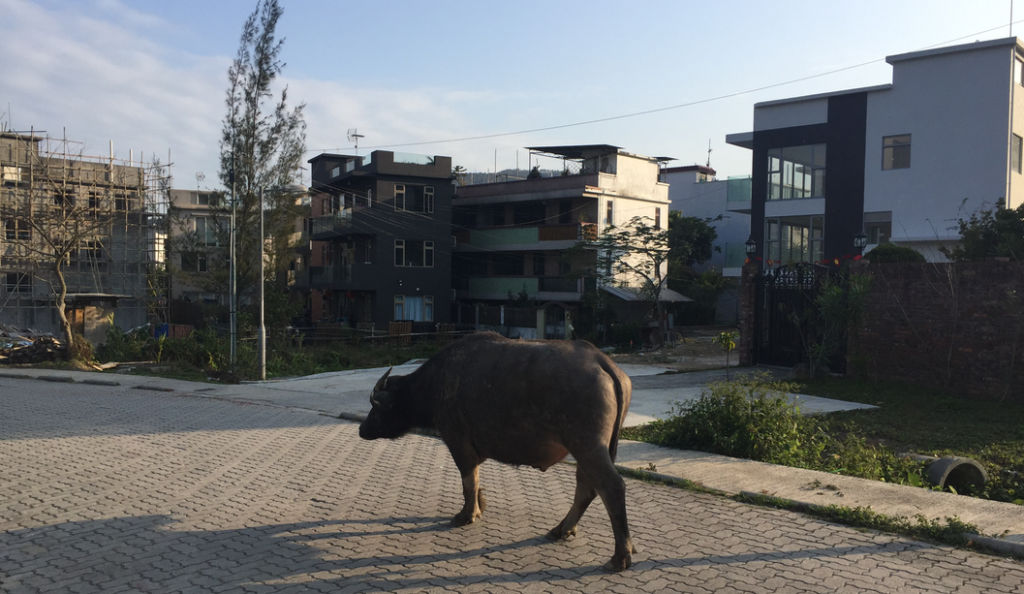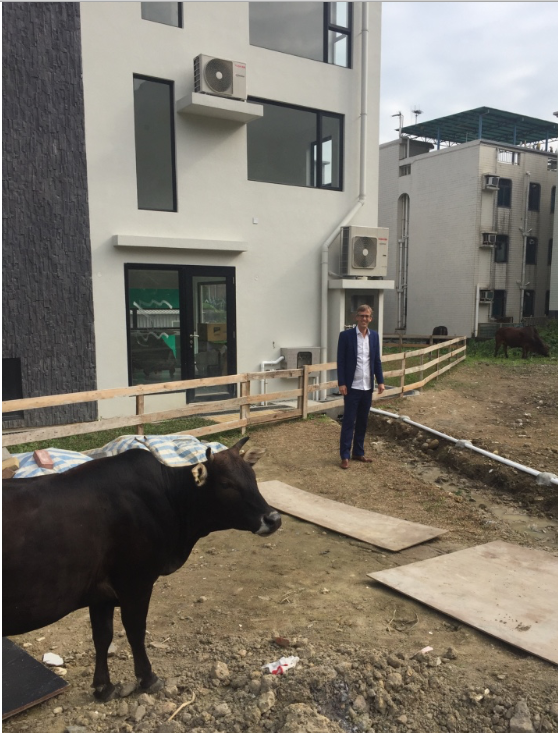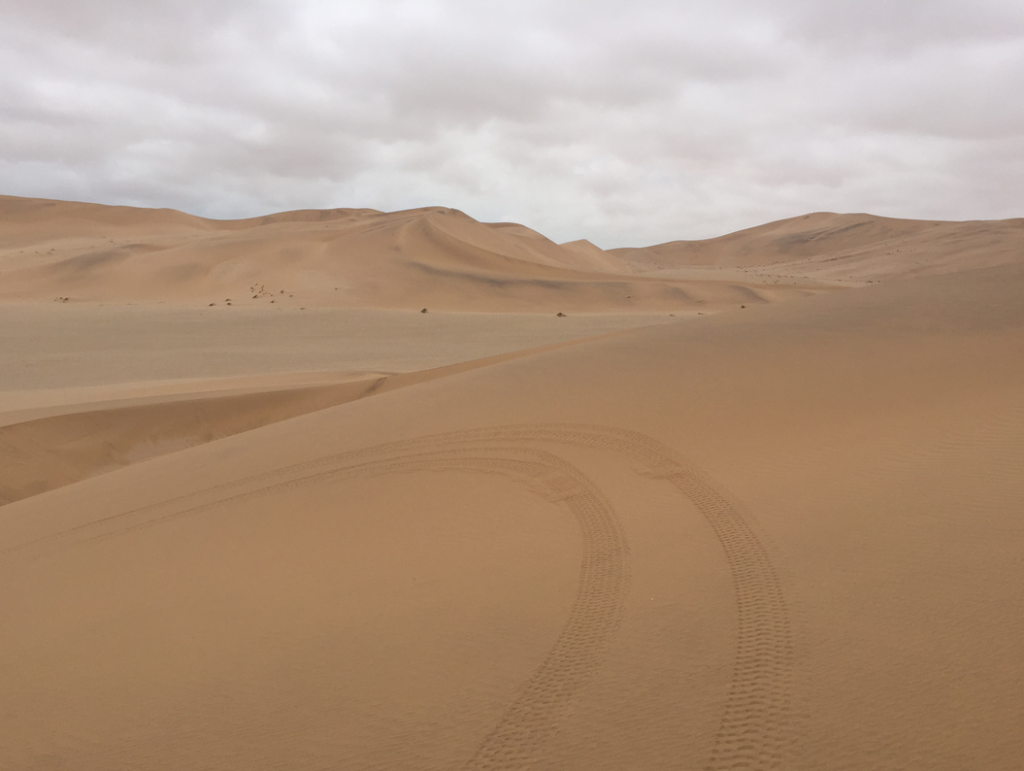
The island of Lantau, Hong Kong. Island number 14 (out of 100), country number 12 (out of 25), month number 14 (out of 100.)
Hong Kong is one of the most populated places on earth with 6,735 people per square kilometer it is actually the 4th most populated country (or territory) on earth.
But Hong Kong actually consists of 263 islands (and the Kowloon peninsula.)
I met with Rob Liwall, a British adventurer who live in the town of Mui Wo on the island of Lantau (the biggest island in Hong Kong) with his Chinese wife and newborn son Magnus.
Mui Wo is a 30 minute ferry ride away from the bustling, crowded, metropolitan metropolis that is Hong Kong. The ferry ride might be short, but the two places are worlds apart.
On Mui Wo there are very few people, even fewer cars and mostly people commute on bikes. The houses are small and low, the pace is slow and time seems to have stood still (or at least moved very slow) for the longest time. The cows and buffalo literally roam the streets; their slow and un-stressed pace sets the tone for the whole place.
If Hong Kong is a metropolis, Mui Wo is a “minipolis”, if there is such a word.
But things are changing.
In the last few years the speed of Mui Mo has been picking up. Fueled by the rumors of the city extending the subway line to Mui Mo, land prices have sky rocketed and construction companies have moved in building shiny new apartment blocks on what was, until recently, farm land.
Where there is money to be made development happens.
Some people here love it. Some hate it. Some see it as progress. Some as the end of the world. Or at least as the end of the world as they knew it.
Right now Mui Wo is both the new and the old at the same time: just look at the picture of the cow grassing freely just next to the brand new and modern apartments buildings, so new that no-one has moved into them yet.
Going from the crowded Hong Kong to the, still, remote Mu Woi reminded me of a trip I did a few weeks ago to Namibia.
Namibia is the second least populated country in the world. It has just 2,9 (!) humans per square kilometer.
You can drive for hours without seeing a human, and without even seeing any trace of humanity (a part from the road you are driving on of course).
Vast parts of the country side is desert and many corners of the Namibia has most likely never seen a human.
When you spend time in a country like Namibia you get pulled back to a time when human beings did not rule the world – when we were just one animal species amongst many others.
It is a humbling, and surprisingly refreshing feeling.
Like we are guests on this planet, not the owners of it.
When I walk around Mui Wo I think about how mankind is spreading out our footprint over our planet. And once our foot have been planted we tend not to go away.
Is it a blessing or a curse that Mui Wo is now transforming?
The jury is out.
And I leave this place and go back to the chaotic melting pot that is Hong Kong to fly back home to Singapore – an crowded island that just 50 years ago was nothing more than a small trading post and a huge swamp and rainforest.
Is Singapore better or worse now?
It depends on who you are asking.
Most people would probably, all things considered, say that it is.
Most animals would probably disagree. And the buffalo that onces walked freely in Singapore are long gone.
Fredrik Haren, aka “The Island Man”, plans to visit 100 islands, in at least 25 countries, on at least 6 continents – in less than 100 months. The purpose of this “World Tour of Islands” is to get a better understanding of the world, a deeper understanding of the people who live here and a broader understanding of life. The island of Lantau was island number 14, country number 12 and month number 14.

